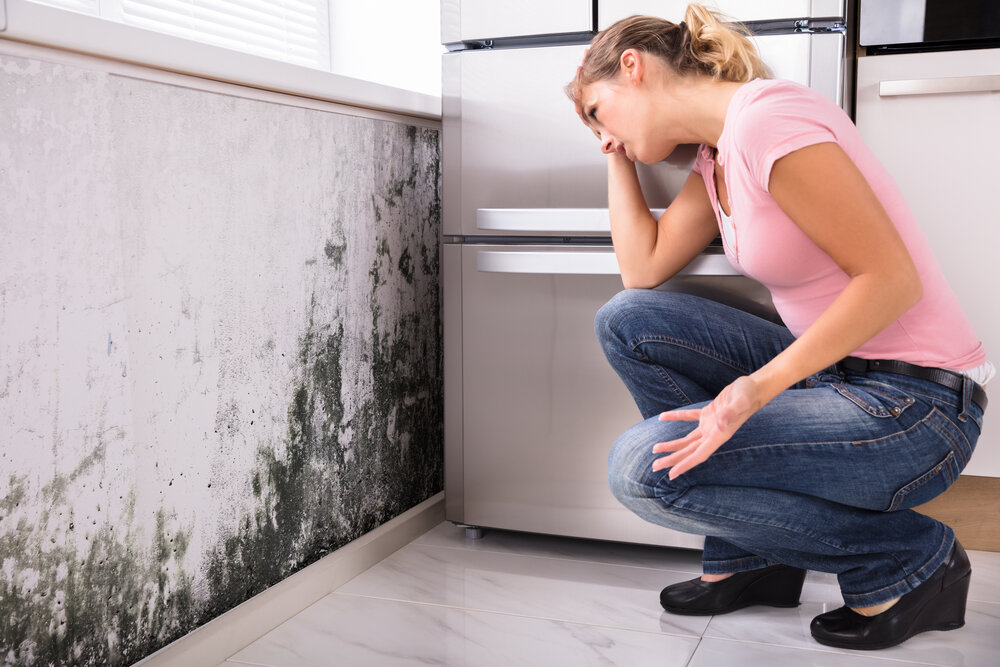
The Ultimate Guide to Mold Prevention
THE ULTIMATE GUIDE TO MOLD PREVENTION
Mold is quite common in small amounts but can cause significant damage if let unchecked. Homeowners should educate themselves on the best practices in mold prevention.
What is mold and what causes it?
Mold is a type of fungus consisting of small organisms that live and thrive in moist environments. Although mold grows nearly everywhere, it can be damaging inside the home. Alternatively, mold serves an important purpose outdoors, where it breaks down dead plants and debris.
Large mold problems occur most frequently in environments that contain excess moisture. This means that in the home, you will most likely encounter mold in places with high humidity levels, including bathrooms, kitchens, laundry rooms, and basements.
Is mold dangerous?
Mold spores can be dangerous when exposure is extensive. Some people, including those with underlying respiratory issues and compromised immune systems, are more sensitive to health problems.

Common symptoms of mold exposure include:
- Eye irritation
- Cough
- Rashes
- Nasal or sinus congestion
- Wheezing or difficulty breathing
- Headache
- Sore throat
- Sneezing
If you are experiencing these symptoms and believe you have been exposed, contact your doctor.
How do I prevent mold growth?
If you have a water leak, it's important to clean and dry the area immediately. Porous materials, such as ceiling tiles, with growth should be discarded and replaced. However, as they say, an ounce of prevention is worth a pound of cure.
Identify and controlling water problems is the first step in discouraging growth. Once you've eliminated existing issues, you can focus on mold prevention. Common tactics include:
- Regularly maintain your HVAC system
- Properly ventilate appliances such as dryers and furnaces
- Use tile, not carpet, in moisture-prone areas
- Employ dehumidifiers in areas like basements and crawl spaces
- Insulate cold surfaces like walls, floors and windows
- Use exhaust fans in bathrooms and kitchens
- Improve circulation in the home by keeping doors open and using fans
- Increase lighting in the home
How do I know if I have a mold problem?
Generally speaking, you will first smell, then see a problem.
Mold has a distinct, musty odor that will likely be your first indication of a problem. If you notice a damp smell in moist or poorly ventilated areas, it's time to investigate further.
It may be easy to spot an infestation if it has been growing for a while. However, mold can be identified before it reaches that point. Be on the lookout for stains and discolorations in areas like ceilings, floors, and walls.
What does mold look like?
The most visible type of mold, mildew, begins as small green or black spots. Other types can present as yellow, white or blue. Most will appear rough, fuzzy or velvety.

What is the best way to get rid of mold?
The initial signs of a problem can typically be removed by the homeowner. However, it's important to remember if you kill mold, it may have been a symptom of a bigger problem, not an isolated issue. If you do not address the underlying cause when you clean up mold, your problem will certainly return. If you have more than a small amount, or you're unsure of the type or extent of your problem, contact a qualified mold removal professional.
